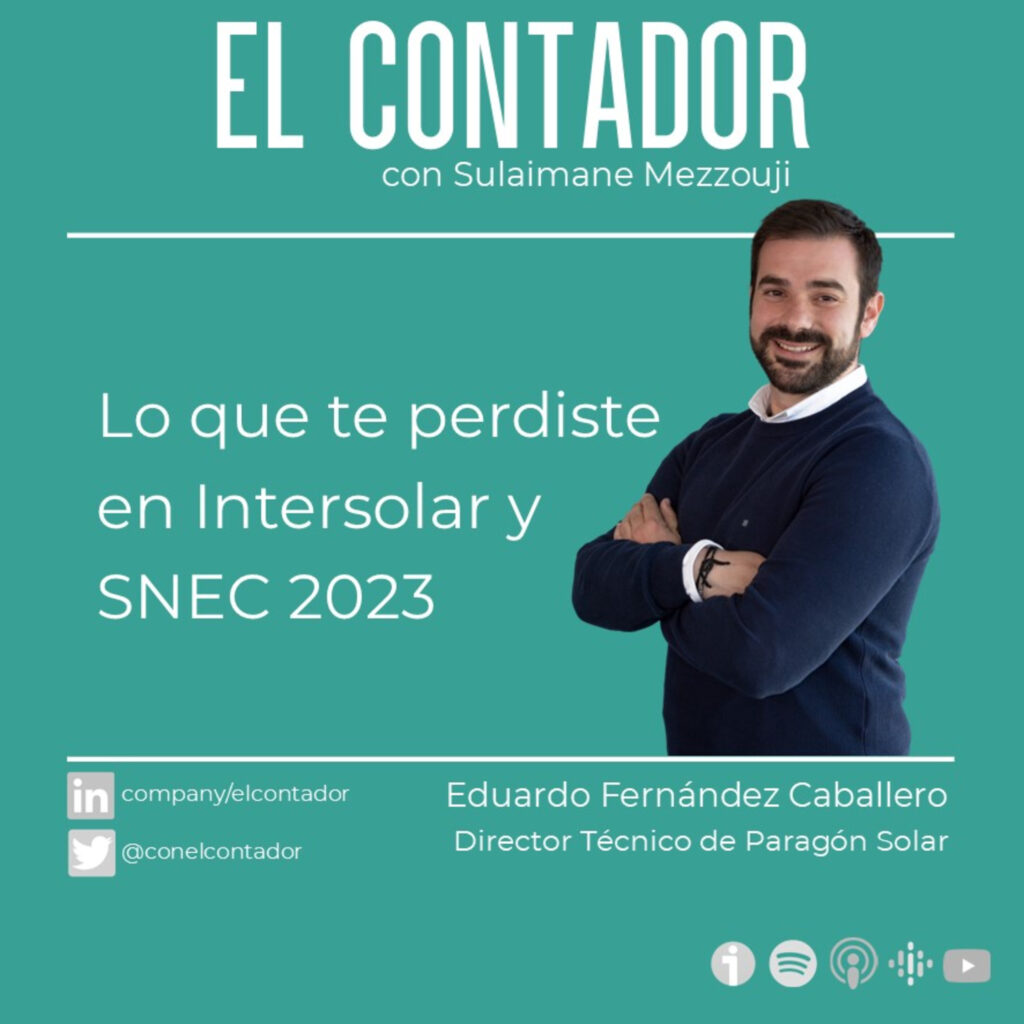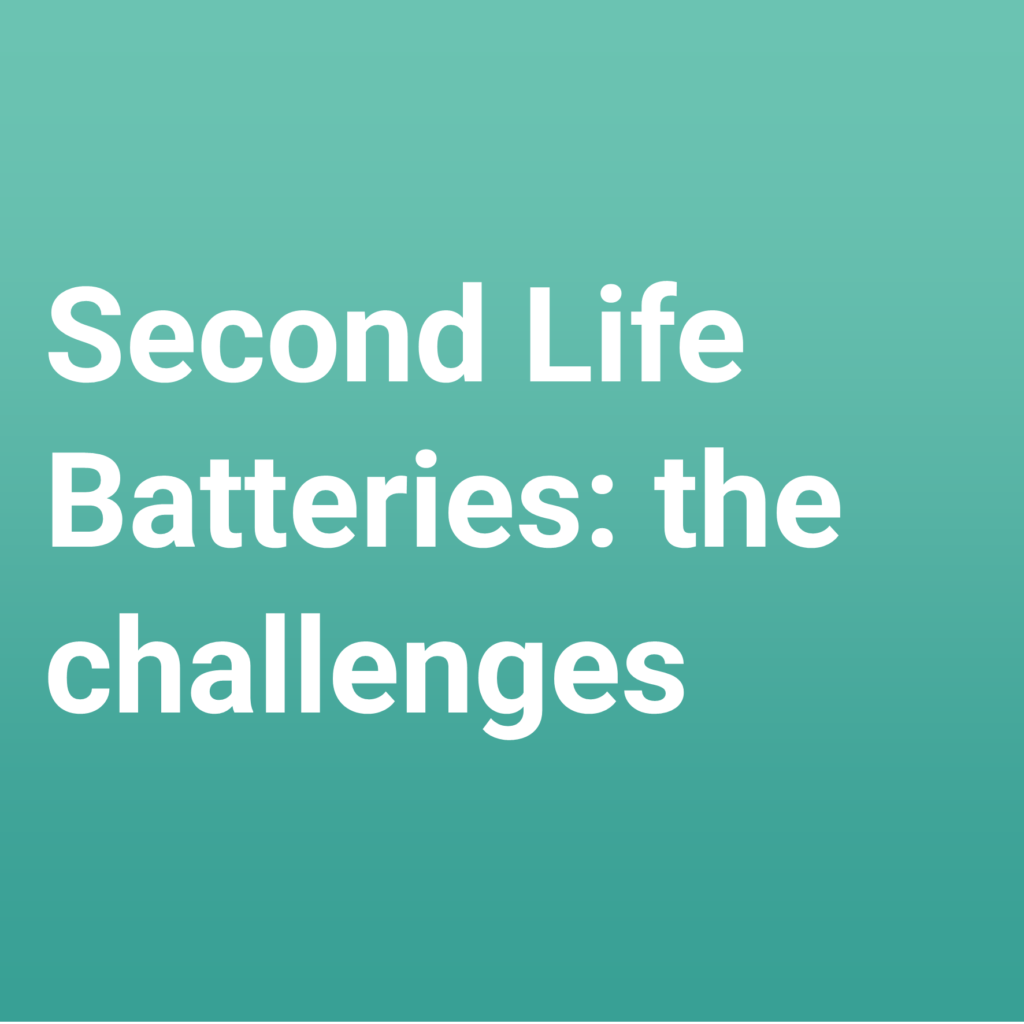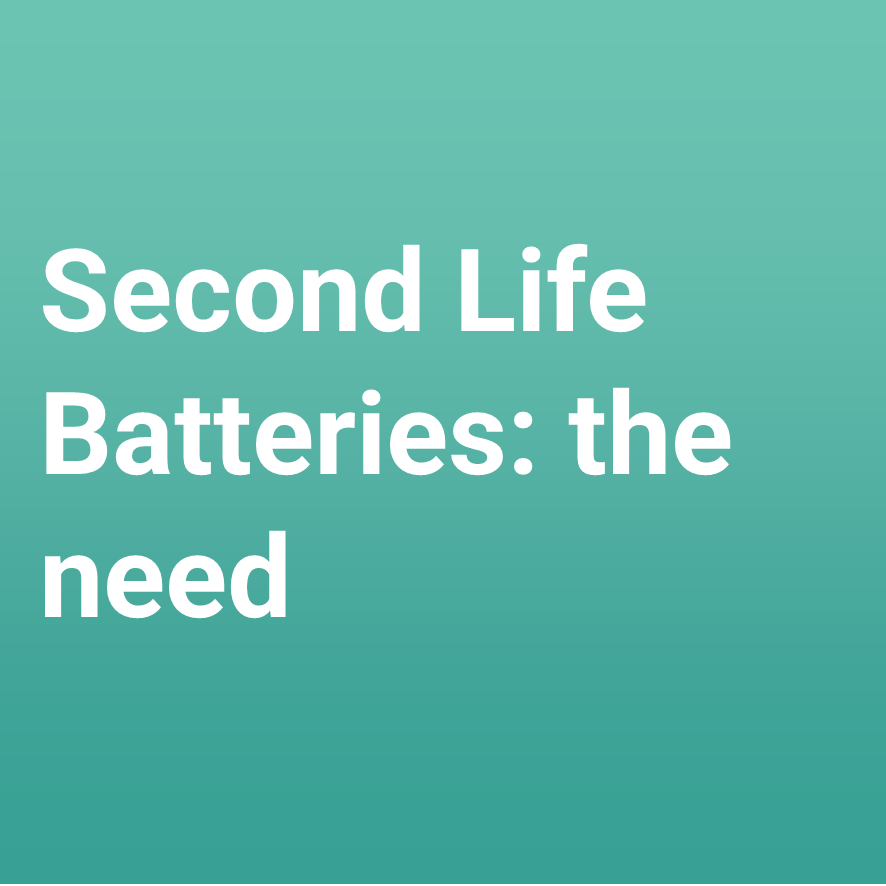Now that we understand the need of giving EV batteries a second life, let’s check where is the problem, because there is always a problem, otherwise, what engineers are for? The first and main problem is that the cells that are manufactured for the EVs are different from the ones manufactured for the stationary storage systems. The EV market needs high energy density, batteries capable of fast charging and absorbing high power demands. Cycles are not that important, because the battery capacity is bigger than the daily needs of most drivers. Those cells are usually with nickel-rich cathodes. On the other hand, in ESS we need high number of cycles and we don’t care that much about energy density, since space is not that critical. What we want is a low cost per number of cycles, so the investment makes sense. Have in mind, that a typical installation is a PV+ESS for home applications, where the battery will have a full daily cycle. In addition, we don’t need that high C-rate. Ok, an extra stop here, what is the C-rate of a battery? It’s a unit to measure the speed at which a battery is charged or discharged. 1C means that the battery is charged/discharged in 1 hour. 2C is in 30 minutes. C/2 is 2 hours. C/20, 20 hours. Now that we understand what a C-rate is, we can conclude that the EV needs to be charged very fast, so we need high C-rates, like 5C (12 minutes) or 2C (30 minutes), but when we are charging the battery in our home from PV, we usually have 3 to 5 hours to charge it, which means C/3 or C/5, a much lower C-rate. In conclusion, if we use cells that are manufactured for high C-rates, we will have less cycles, and that is not what we want in stationary applications. To solve this issue, we will have to oversize the system. How? Imagine that you need a battery that gives you 10 kWh each day. If you buy a new LFP battery, you will probably use it between it’s 10% SoC and 90% SoC, so you will have to buy a battery of 12.5 kWh. 10% State of Charge means that the battery has 10% of its total capacity available: 1.25 kWh 90% State of Charge means that the battery has 90% of its total capacity available: 11.25 kWh Therefore, you are using 11.25 kWh – 1.25 kWh = 10 kWh This new battery, designed for stationary applications, will provide you around 5000 cycles. A cycle per day, you will have this battery for 13 years. But if you are going to use a second-life battery, you shouldn’t get to such low SoCs like 10%, because the deeper you discharge the battery (lower SoC), the less number of cycle you would get. If we have less number of cycles, let’s say 3000 cycles for a new EV battery, to reach a similar number of cycles you will need to stay in a minimum SoC of 50% or 60%. Which means that you have to oversize the battery. If you still need to use 10 kWh and your SoC will be moving between 90% and 50%, the second-life battery will have to be of 25 kWh. You can do the math as in the previous case with the new battery. That is the double. A second-life battery of 25 kWh and a new battery of 12.5 kWh will provide you with the same service. If the new battery costs 250 USD/kWh, the second-life battery should cost 125 USD/kWh to be competitive. Those numbers are very approximate and not precise. The objective is to provide you with a sense of scale. In the next articles, I will publish more specific cases with more detailed simulations. Inshallah. Other challenges The real life cycle The current estimation of the end of life of a new battery in the EV market is when the SoH reaches 70%-80% or the internal resistance is double [1]. But most probably, this threshold of SoH will be lower with time, since we will discover that the batteries are able to survive longer periods, they might even be able to outlive the car itself. You can check more info in this article [2]. EV batteries having longer life in an EV than reused in the stationary market is a downside for the business model of the second-life batteries, because the remaining SoH will be lower the moment that you will refurbish them. Future prices Let’s assume that an EV battery costs 150 USD/kWh to manufacture today and it is sold at 250 USD/kWh. In 10 years, the battery might cost 100 USD/kWh to manufacture and will be sold for 200 USD/kWh. Let’s assume that the same battery that is manufactured today will be sold again to a second-life batteries manufacturer in 10 years. It will be sold at least at 150 USD/kWh to cover the cost. Therefore, you will have to sell it at 180 USD/kWh, to be competitive. But what about the additional cost of refurbishment? The margin for a competitive business model is risky. Refurbishment cost When a second-life battery manufacturer receives the original pack from an OEM, the battery can be kept in the same case, analyzed and installed in a bigger system or it can be opened, and the different modules taken. The modules could also be opened and the cells taken. If you reach the cells or modules level, you will be able to group different cells/modules with different levels of degradation. Separating the cells will be better than the modules, because the module might have a degraded cell that could affect the remaining cells. But that is a lot of work, which will increase the final price. If we keep the battery pack as it is from the start, the cost will be much more competitive, but the chance of a faster degradation of the whole pack is higher. Warranty The second-life










